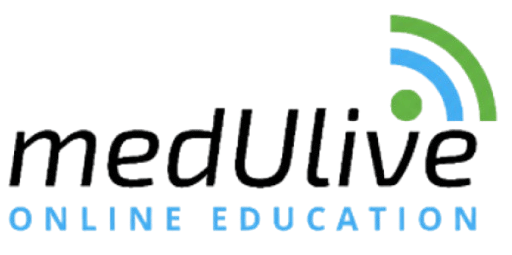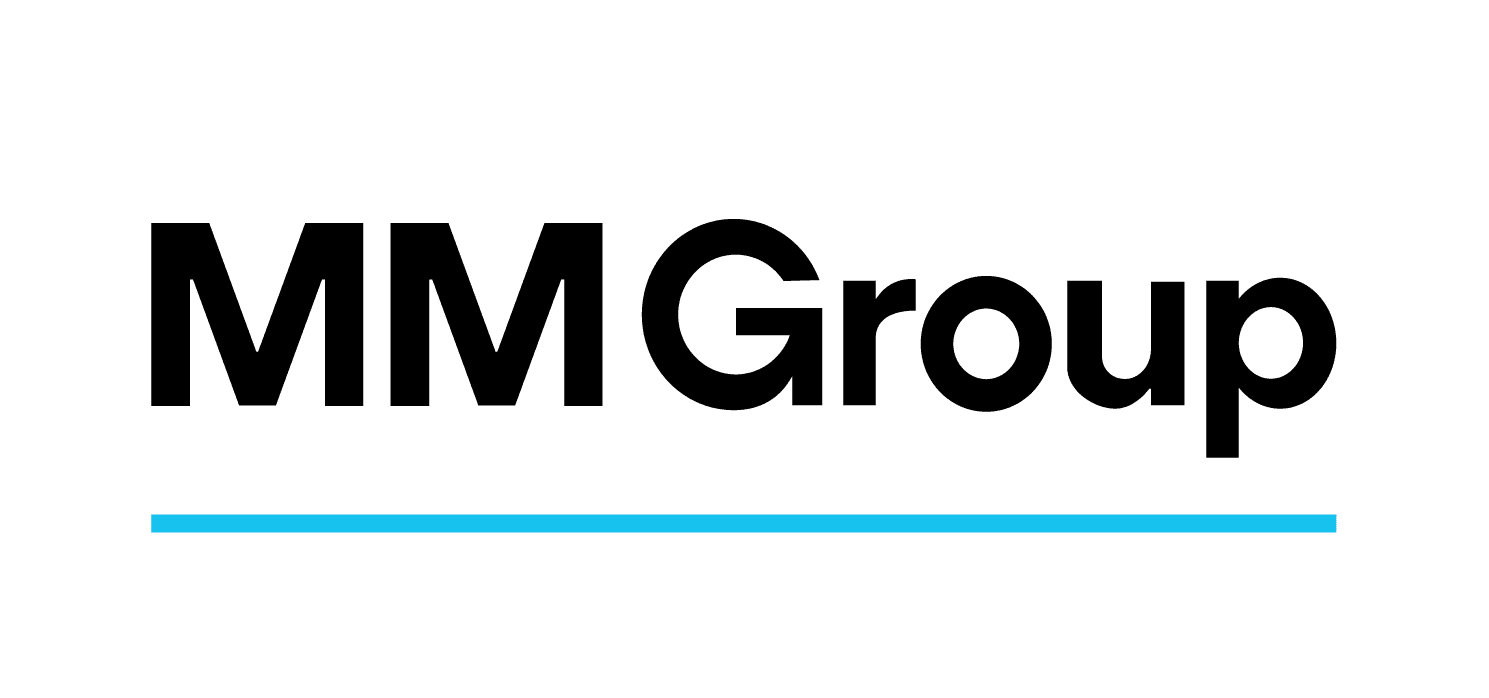Back to Blog
Healthcare Communications
Featured
Digital Storytelling for Patient Education and Engagement
Innovative approaches to patient communication using digital storytelling techniques to improve health literacy and treatment adherence.

Digital Storytelling for Patient Education and Engagement
In today's rapidly evolving healthcare landscape, innovative communication strategies are essential for enhancing patient education and engagement. Digital storytelling techniques offer a compelling way to improve health literacy and treatment adherence by transforming complex medical information into relatable narratives that resonate with patients on a personal level.
The Power of Narrative in Healthcare
Digital storytelling has the remarkable ability to convert intricate medical concepts into engaging narratives that connect with patients’ experiences and emotions. By presenting information through stories, healthcare providers can foster a deeper understanding among patients, ultimately leading to improved health outcomes. When patients can relate to a narrative, they are more likely to engage with the material and apply what they learn to their own health journeys.
Storytelling Framework for Healthcare
Developing Narrative Structure
Effective digital storytelling begins with a thoughtful narrative structure. Mapping the patient journey allows for the creation of relatable story arcs that mirror real-life experiences. Incorporating emotional connection points throughout the narrative enhances engagement, while integrating educational moments ensures that essential health information is effectively conveyed. Additionally, maintaining cultural sensitivity during story development is crucial for creating inclusive and meaningful narratives that resonate with diverse patient populations.
Integrating Multi-Media Elements
To enhance the storytelling experience, integrating various multimedia formats can be highly effective. Video storytelling, featuring patient testimonials and expert insights, can bring narratives to life. Interactive narratives provide personalized experiences that engage patients further, allowing them to explore content at their own pace. Additionally, utilizing animation and visualization can simplify complex medical concepts, making them more accessible. Audio narratives also cater to accessibility needs, offering convenience for patients who may prefer listening.
Implementation Strategies
Content Development Process
A successful content development process is centered around the patient. By ensuring that stories are relevant and authentic, healthcare providers can create impactful narratives. It is essential to verify medical accuracy with healthcare professionals to maintain credibility. Furthermore, cultural adaptations will ensure that the stories are relatable to a diverse audience. Accessibility compliance is also vital, allowing individuals with various disabilities to engage with the content fully.
Technology Platforms
To maximize reach and accessibility, utilizing mobile-first delivery methods is crucial. Progressive web applications can offer a seamless user experience, making it easier for patients to access stories anytime, anywhere. Incorporating social sharing capabilities encourages peer-to-peer education, allowing patients to share valuable information within their networks. Finally, integrating analytics will enable healthcare providers to measure engagement and assess the effectiveness of their storytelling initiatives.
Impact Measurement
Engagement Metrics
To evaluate the success of digital storytelling in healthcare, several engagement metrics can be utilized. Story completion rates can indicate how effectively content resonates with patients, while interaction patterns reveal areas of heightened interest. Sharing behavior can demonstrate the impact of the stories, and return visit frequency may suggest ongoing value for users.
Health Outcomes
Measuring health outcomes is equally important in assessing the effectiveness of storytelling. Conducting knowledge retention tests before and after story consumption can provide insights into information absorption. Additionally, monitoring behavior change indicators following exposure to narratives can highlight the influence of storytelling on patient actions. Improvements in treatment adherence directly linked to educational stories, as well as patient satisfaction scores related to understanding complex health information, emphasize the importance of narrative in healthcare communication.
In conclusion, digital storytelling is a powerful tool that can transform patient education from a simple information delivery method into engaging experiences. By inspiring positive health behaviors and facilitating better health outcomes, storytelling holds the potential to revolutionize the way patients engage with their healthcare.











.jpg)